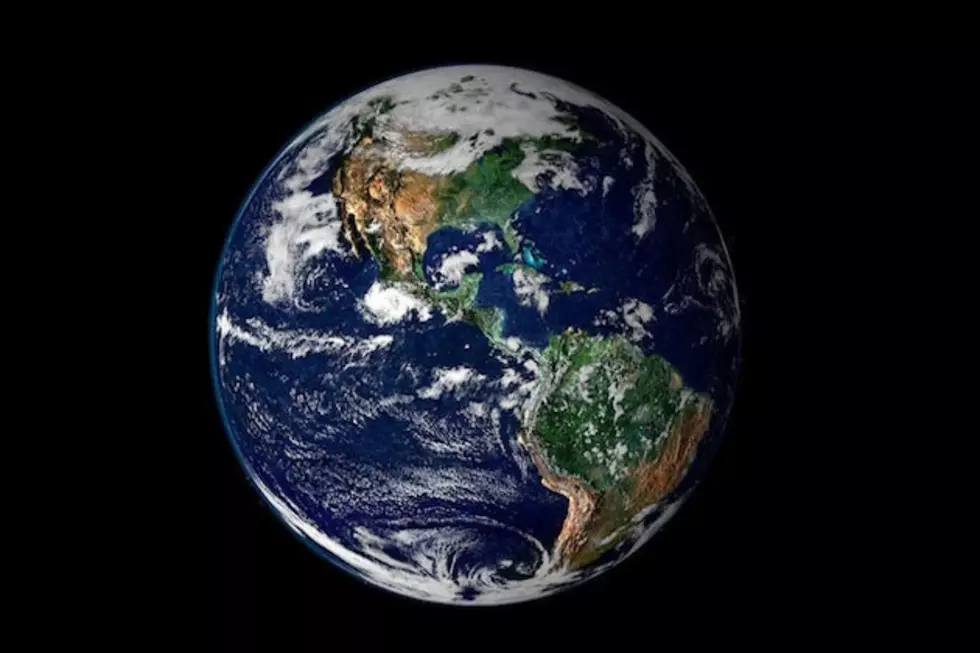
NASA Cameras Reveal Far Side of the Moon
A camera aboard one of NASA's twin Gravity Recovery And Interior Laboratory (GRAIL) lunar spacecraft has returned its first unique and historic view of the far side of the moon.
GRAIL consists of two identical spacecraft, named Ebb and Flow, both of which are about the size of a washing machine, and equipped with a high resolution MoonKAM.
The new images were taken several weeks ago in a test of Ebb's MoonKAM. The MoonKAM on the other craft, Flow, will be tested at a later date.
In the video, the moon's north pole is at the top of the screen as the spacecraft flies toward the lunar south pole. One of the first prominent geological features seen on the lower third of the moon is the Mare Orientale, a 560-mile-wide impact basin that straddles both the moon's near and far side.
The clip ends with rugged terrain just short of the lunar south pole. To the left of center, near the bottom of the screen, is the 93-mile-wide Drygalski crater with a distinctive star-shaped formation in the middle. The formation is a central peak, created billions of years ago by a comet or asteroid impact.
See the historic video on the NASA website:
Starting soon, school children will, for the first time, be allowed to pick target areas on the lunar surface and send requests to the GRAIL MoonKAM Mission Operations Center in San Diego. Resulting photos will be relayed by satellites for students to study.
The MoonKAM program is led by former astronaut Sally Ride, America's first woman in space. Her team of professionals at Sally Ride Science is dedicated to making cutting edge science available to schools across the country, and presenting it in ways that will get more students interested in the sciences.
GRAIL is NASA's first planetary mission carrying instruments fully dedicated to education and public outreach.
More From Newstalk 860





![NASA Drove a 747 Through Houston Last Night [WATCH]](http://townsquare.media/site/151/files/2014/05/152361646.jpg?w=980&q=75)



